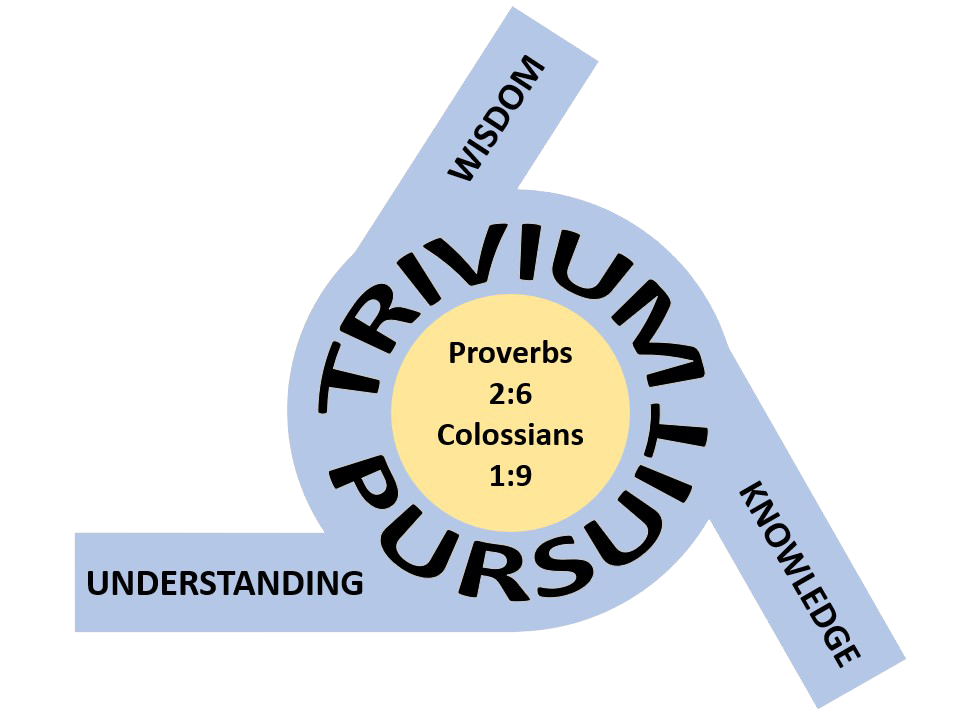I am preparing to teach an intro to logic course to my seventh graders this fall, and all four of them are excited about it. I have never taught logic, and all that I have learned came from Martin Cothran’s Traditional Logic. I’m trying to go through Introduction to Logic by Nance and Wilson, but it’s not as clear to me as Mr. Cothran’s book. Which course should I use among those listed? Thank you. Headmaster of a Classical School
The Cothran and Nance formal logic courses are excellent for teaching logic — to older students. Unfortunately, the snob in us — and we classical educators must own up to being such on occasion — would like to think that OUR child can certainly take on a difficult logic course at even age 12. Indeed it does seem that some bright young whippersnappers can get through those courses by memorizing all the proper procedures, but, I wonder if those young ones really internalize the information. Perhaps a better use of their time would be to study a little less abstract form of logic — such as informal logic. You don’t learn to swim by jumping in the deep end first, and it is my opinion that children benefit from a progressive study of logic such as this:
Pre-logic for Ages 10 through 12
Students ages ten through twelve can benefit from working through some pre-logic workbooks. These are optional and not necessary to begin studying real logic, but they can be useful. Here is the sequence we suggest:
Building Thinking Skills Book 2 (teachers manual not needed) age 10
Building Thinking Skills Book 3 Figural (teachers manual needed) age 11
Building Thinking Skills Book 3 Verbal (teachers manual needed) age 12
Logic for Ages 13 and Up
It is at about age thirteen that the student seems ready for a real course in logic. We suggest beginning with informal logic and then progressing to formal logic.
The Fallacy Detective – age 13
The Thinking Toolbox – age 13
Critical Thinking Book 2 (teachers manual needed) age 14-15
Introductory Logic Video Course by James Nance (formal logic)– age 15-16
The Art of Reasoning by David Kelley (formal logic) age 16-17
I have included the ages here, but it is not so much an age requirement for each book as it is a progression. We suggest you progress from Building Thinking Skills to The Fallacy Detective to The Thinking Toolbox to Critical Thinking to Introductory Logic to The Art of Reasoning. There are other books which could replace The Art of Reasoning (Intermediate Logic by James Nance, Traditional Logic by Martin Cothran, Material Logic by Martin Cothran, Introduction to Logic by Irving Copi, A Rulebook for Arguments by Anthony Weston, or With Good Reason by S. Morris Engel) as you see fit. You won’t be able to do them all, though. There’s only so much time in the day.

I have been asked to teach a 2 hour one semester course on informal logic and critical thinking on the college level in a Bible college. What would you suggest for such a course sense time is limited and many probably are being exposed to critical thinking for the first time.